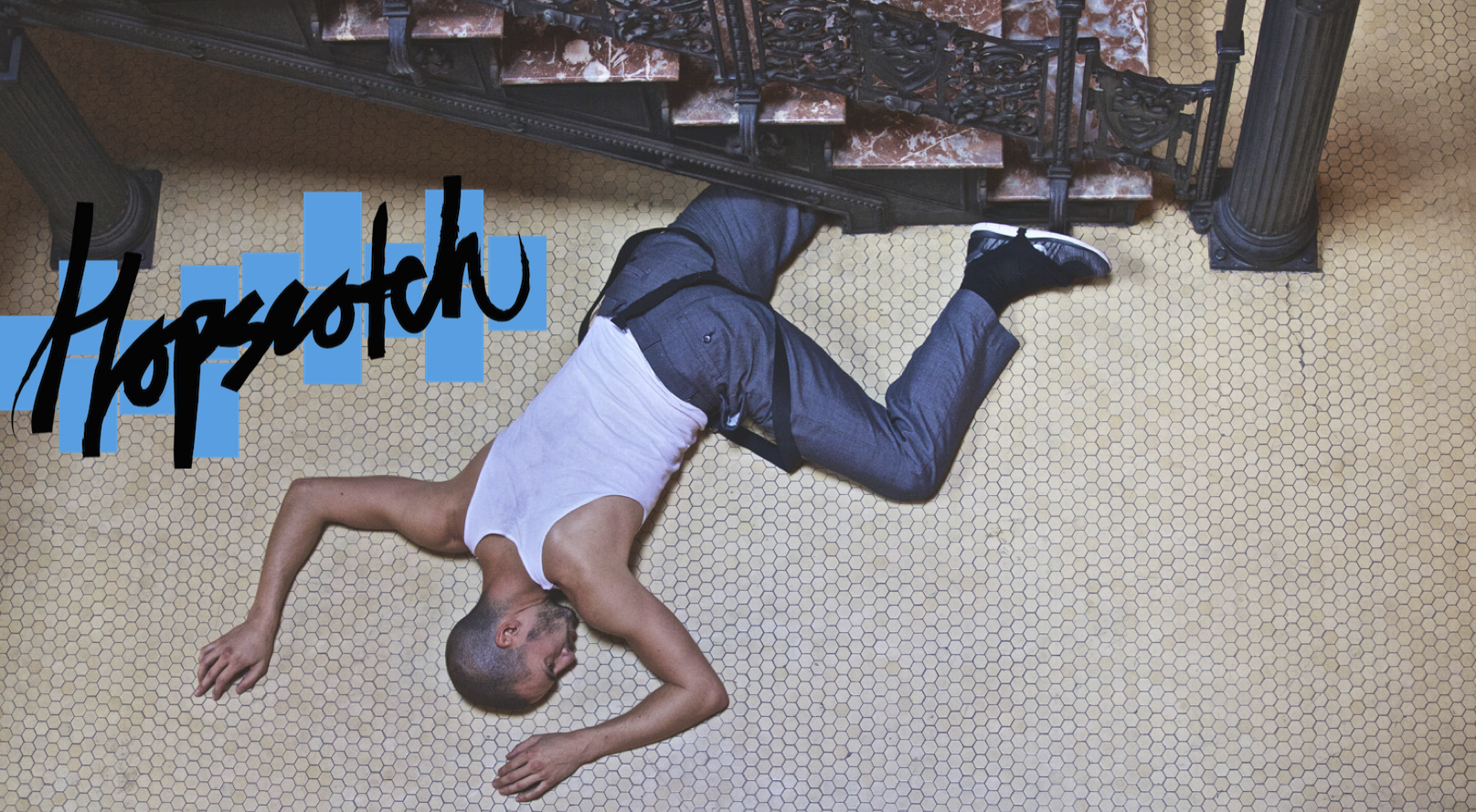
May 3, 2013
Images are powerful, stories even more so. But how do you collect them from hundreds if not thousands of people and present them in a coherent and compelling fashion—especially when you’re trying to document an event that was itself so chaotic?
I was on the jury last week for the Tribeca Film Festival’s “Storyscapes”—five deep media presentations involving everything from Star Wars to insomnia to Hurricane Sandy. Curated by Ingrid Kopp, the Tribeca Film Institute’s director of digital initiatives, and sponsored by Bombay Sapphire, this first-ever competition showed several very different ways of bringing the audience into the story.
Each of the entries involved some kind of interaction, some of it archived, some of it live and on-the-spot. For Casey Pugh’s Star Wars Uncut, this took the form of a grid you could navigate through to watch fan-made retakes of scenes from The Empire Strikes Back. For A Journal of Insomnia, commissioned by Hugues Sweeney for the National Film Board of Canada, it involved a black box you could climb into. There, sitting in the dark with a glowing screen at your face, you were asked to open up about your inability to sleep. For Robots in Residence, which started out as Alexander Reben’s thesis project at the MIT Media Lab, it meant being given a cute little cardboard robot you could take out onto the street. The robots, equipped with videocams and mics, were designed to elicit secrets—things you’d probably never tell another person but just might be willing to share with a machine (especially one with a smiley face).
In This Exquisite Forest, Chris Milk and Google’s Aaron Koblin presented a data structure designed to be experienced in the real world—specifically, at the Tate Modern, the London art museum that commissioned it. This entry was a digital update of the Surrealist exercise Exquisite Corpse, which put an art spin on the old parlor game in which people added random words or phrases to a story they couldn’t see. The result was a sort of participatory word-collage (“The exquisite corpse will drink the young wine”) that was said to represent a collective unconscious. Milk and Koblin, whose previous collaborations include such landmark projects as The Wilderness Downtown, transposed words to images and used them to enable viewers to create branching narratives that take off in unexpected directions.
In the end, my fellow jurors (Jeff Gomez of Starlight Runner and filmmaker Thomas Allen Harris) and I awarded the prize to Sandy Storyline, a “participatory documentary” about the aftereffects of the storm that devastated the Jersey Shore and the New York coastline last October. What made Sandy Storyline stand out was the way it combined imagery and participation in service of a powerful and important story. As I put it in our jury notes, this entry
demonstrates both the therapeutic power of storytelling and our responsibility to bear witness. By enabling us to weave together our experiences in a shared narrative, Sandy Storyline is assembling a dynamic record of an historic disaster that will be of use not only to people today but also to future generations seeking to understand a signal moment in our stewardship of the planet. Moreover, thanks to its admirably simple user interface, its elegant design both online and in physical installations, and its effective yet unobtrusive curation, this project serves as a model for future crisis narratives.
We saw after the Boston Marathon bombings how easy it is for a participatory narrative to go dangerously off track. Sandy Storyline presents a different possibility for the kind of disaster we’re bound to face again.











Comments
Comments are closed here.